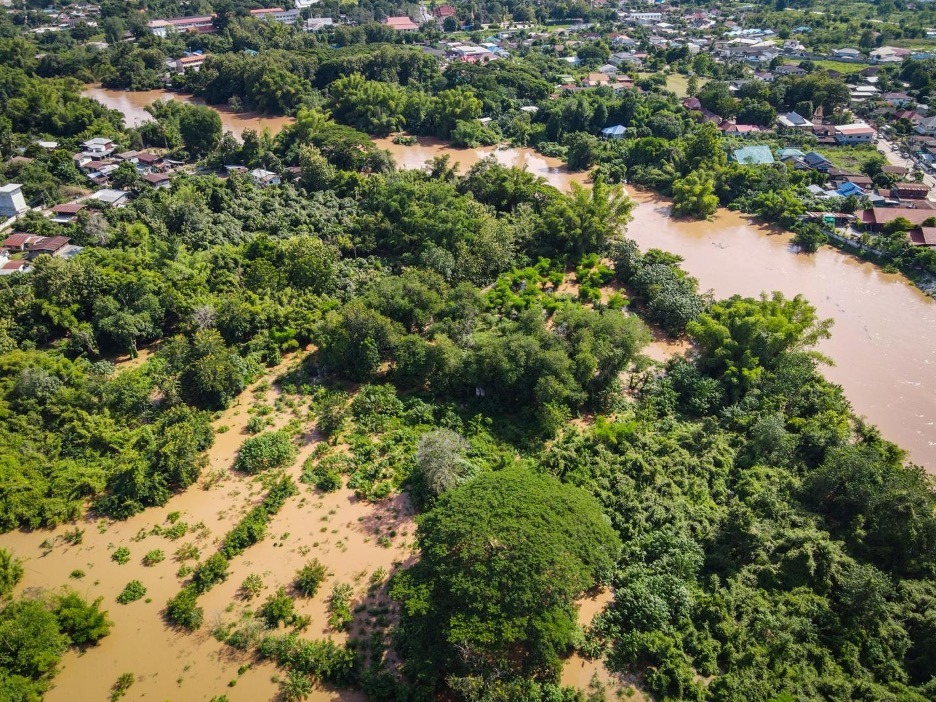About 71% percent of the Earth is water. The human body is 60% water. A cucumber and a jellyfish are 96% water. Those are facts about the water you probably already know. But were you aware that water is the cause of the deadliest illnesses on the planet? Or that soon the Earth will run out of clean water?
1. Water Causes 80% Of All Sickness in the Underdeveloped World
Living in the United States of America is a blessing and a privilege. That is because America has one of the most well-maintained public drinking supplies in the world. The U.S. Environmental Protection Agency (EPA) makes sure that the drinking quality of water is at its highest and contamination at its lowest.
However, this isn’t the case everywhere. A quarter of the world’s population is facing a water crisis. Countries like Qatar, Israel, Saudi Arabia, U.A.E., Jordan, Lebanon, and San Marino are at high risk. Water is contaminated, and it is causing diseases. People here drink arsenic, radon, and uranium, more often than the average American drinks soda.
Water impurity leads to diseases, such as Hepatitis A, Salmonella, E-coli, Copper, Giardia, and the list can go on. Water is the source of life, but it can also be the cause of death.
2. Beer Is 90% Water
Two new breweries open each day in the U.S., and the growth won’t stop. Brewing is a water-intensive industry that relies on agriculture to supply raw materials. If water shortages occur, like the ones in California, keep occurring, it will harm the beer industry because beer is mostly water.
Water is the secret ingredient in beer, and it is also part of each step in the beer production process. Seven gallons of water produce one gallon of beer.
3. A Person Can Use From 2000 to 5000 Liters of Water a Day
Water is not just for drinking; it is also present in our everyday meals. If you read this during lunch means you have already eaten around 1000 liters of water. By the time you have dinner, it is going to be around 5000 liters.
The faster the world develops, the higher the demand for foods high in protein. Imagine if you consume 5000 liters of water a day. How much water will a cow farm with over 1000 cows consume a day?
4. The Ocean Can Save Us.
If 71% of the world is water, why can’t we use it to solve the water crisis? It is salty. However, there are solutions to this matter.
- Thermal desalination is the oldest form of desalination. It means boiling water and then capturing the steam and turning that into freshwater.
- UCLA developed reverse osmosis was developed in the ’60s. Ever since it started dominating the market, it doesn’t heat. It doesn’t boil. It is pressurizing the water and forcing it through a membrane. Due to the high pressure, the water is forced to separate from the salt.
As a result, it cleans water, creating a high concentration salt solution known as brine. The brine is dropped back into the Ocean, therefore affecting the marine environment.
Desalination is very energy-intensive, expensive, and has an impact on aquatic habitats.
Breaking the bond between water and salt requires a great amount of energy. But thanks to water filter manufactures such as Water E-Store, it is now possible to get your own reverse osmosis water filter at home. It is more environmentally friendly, more affordable, and includes free shipping.
But We Must Save the Ocean First
The Ocean can save the world from the water crisis it is currently encountering. However, we are also responsible for saving the Ocean. Taking from Mother Earth without giving back is why we face water crises and global warming. Therefore, even if desalination can help clear a great amount of water, we shall respect the Ocean in the process and protect its environment.



